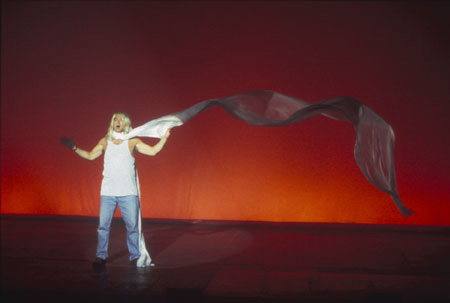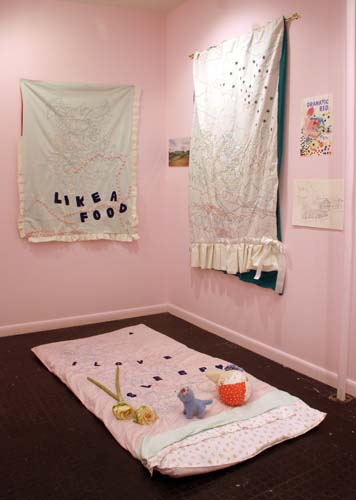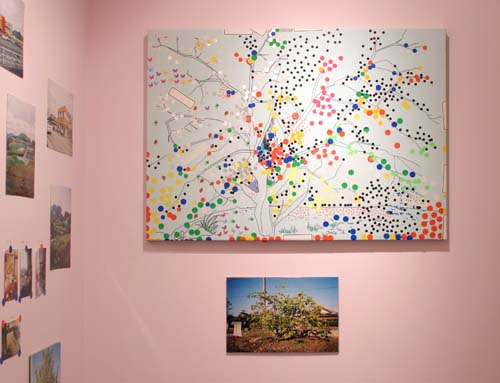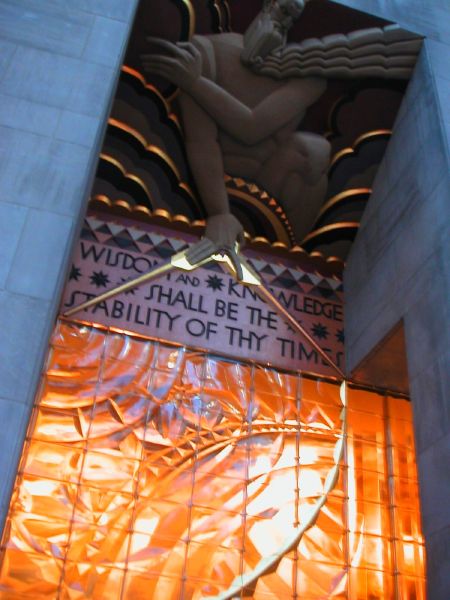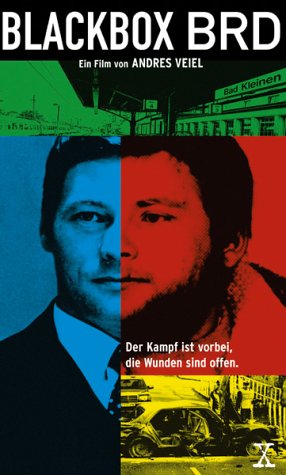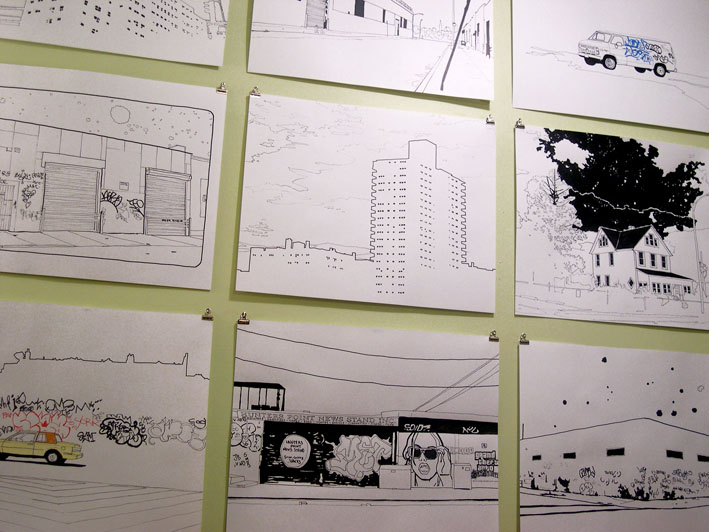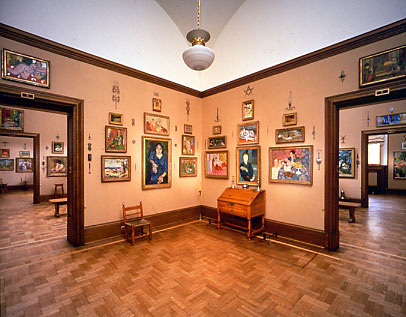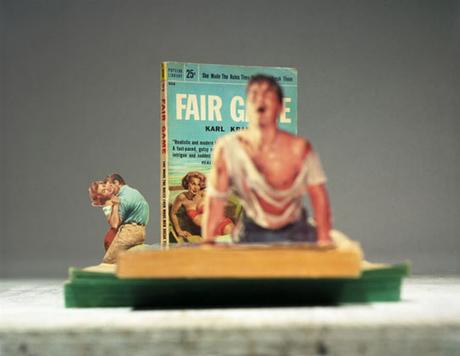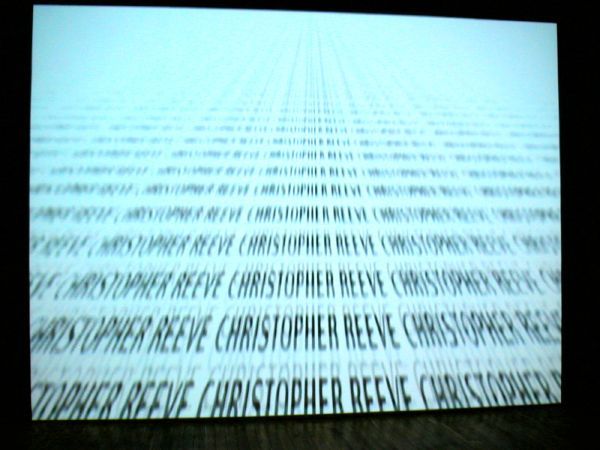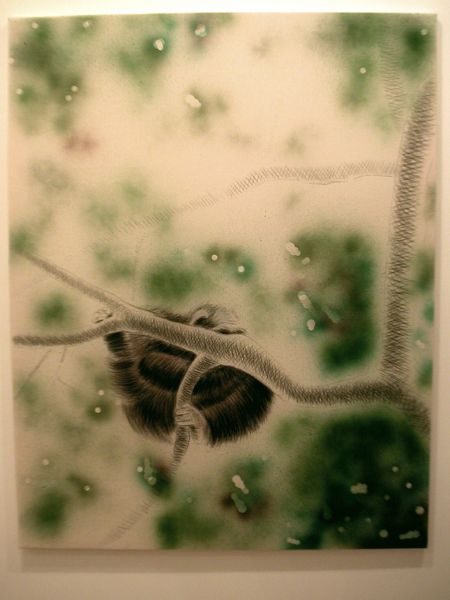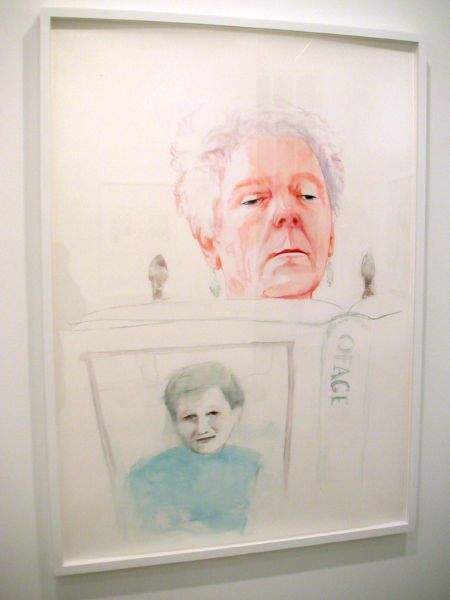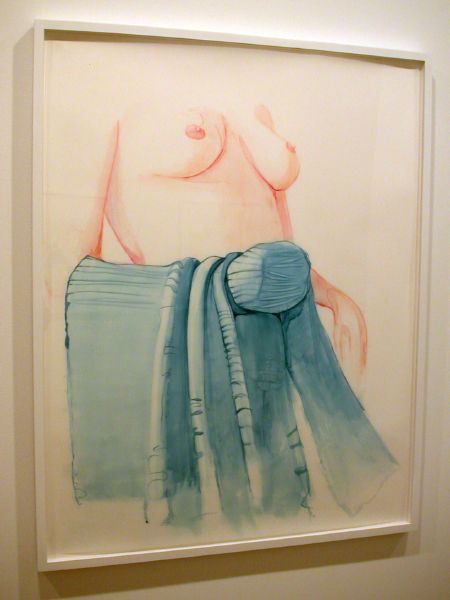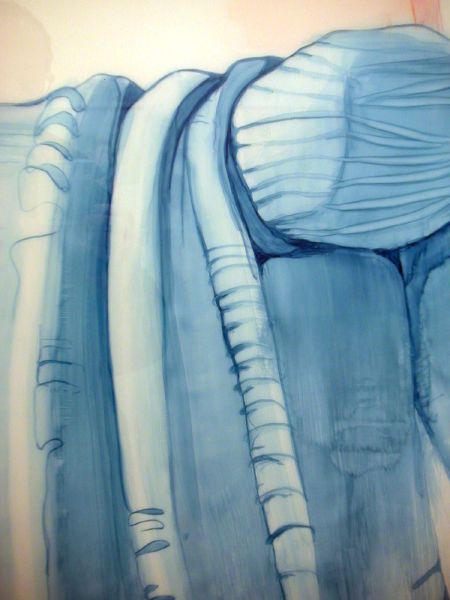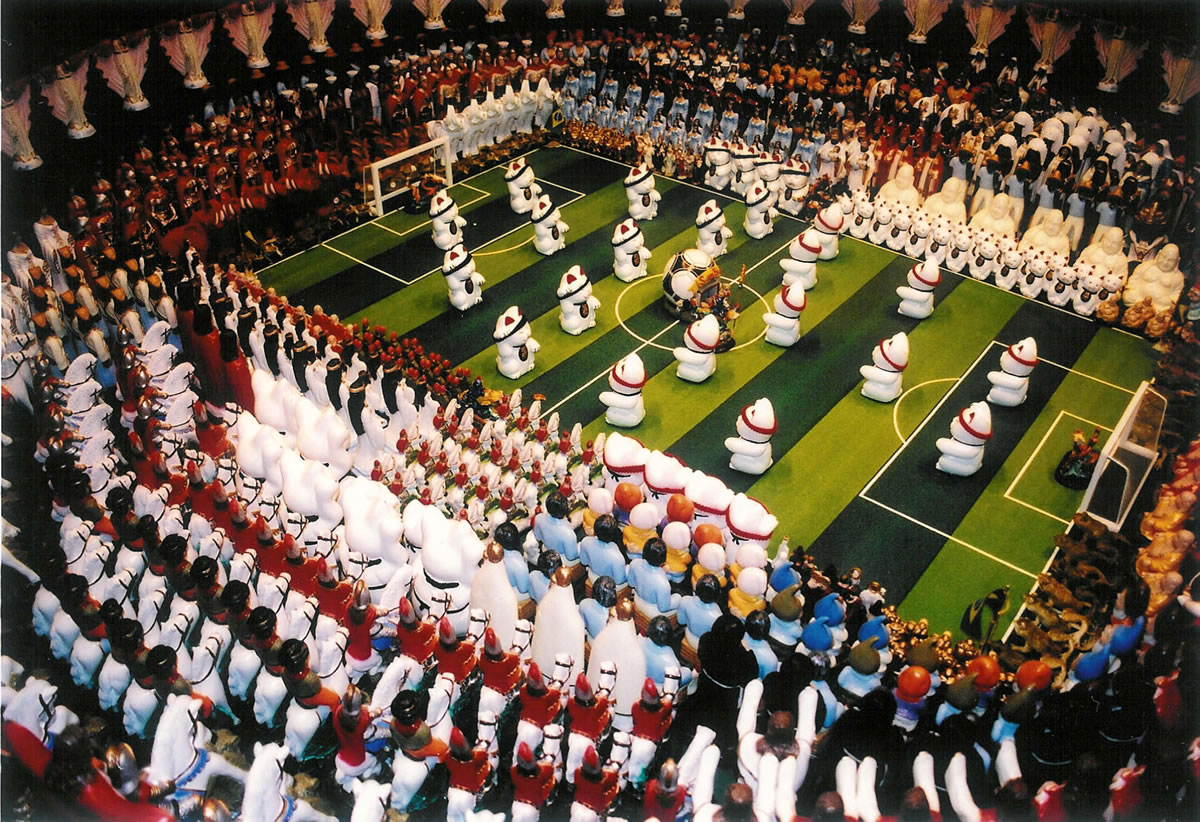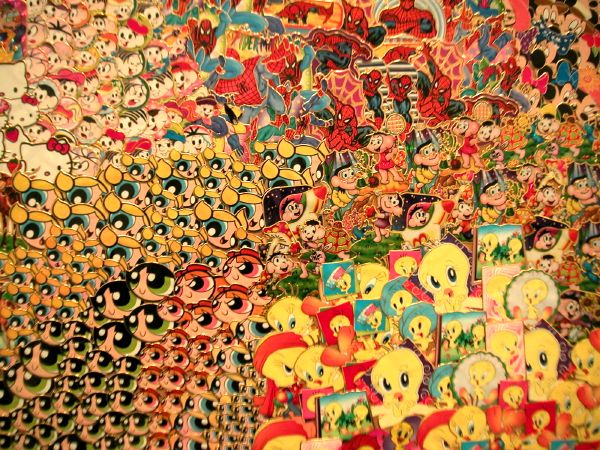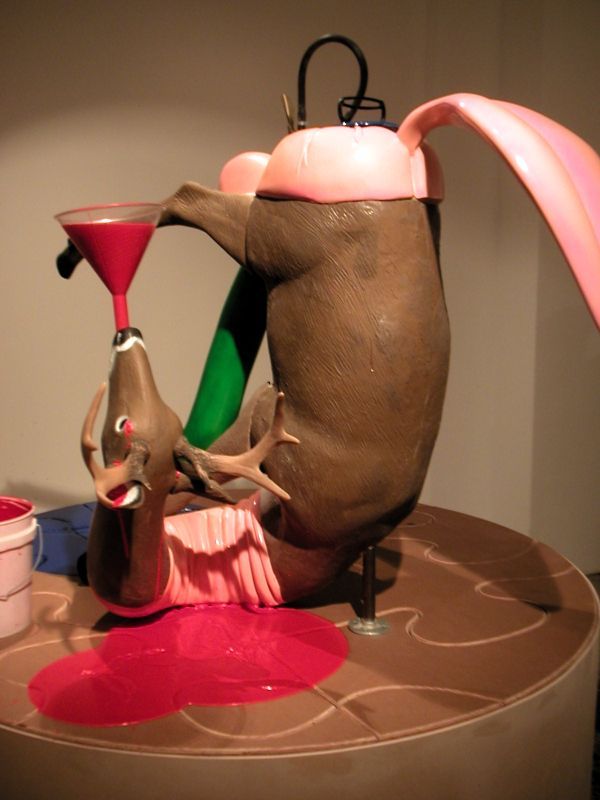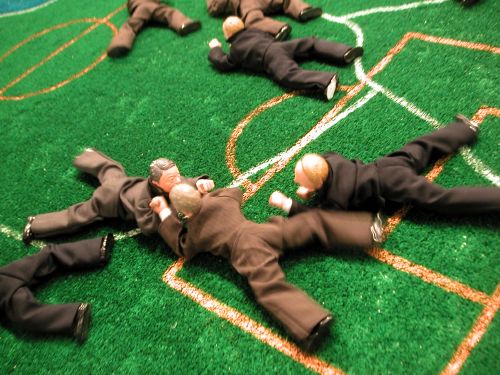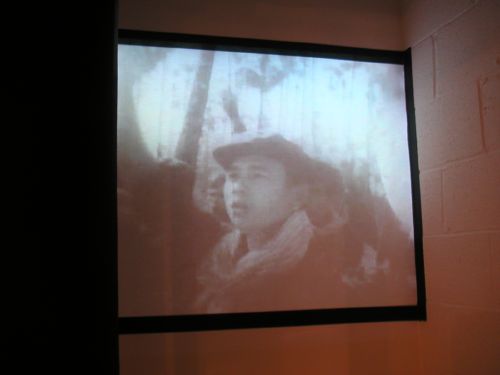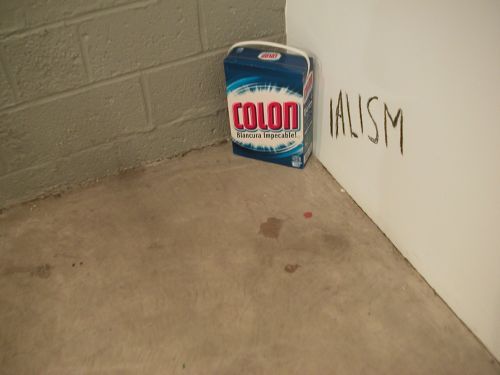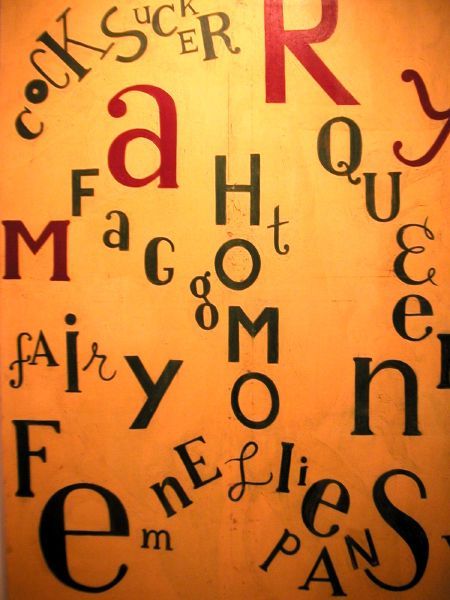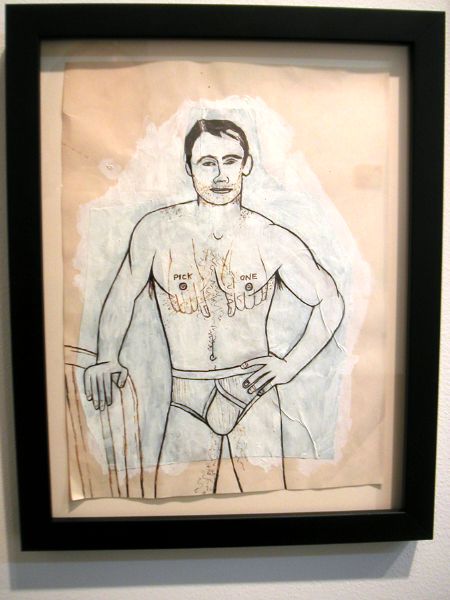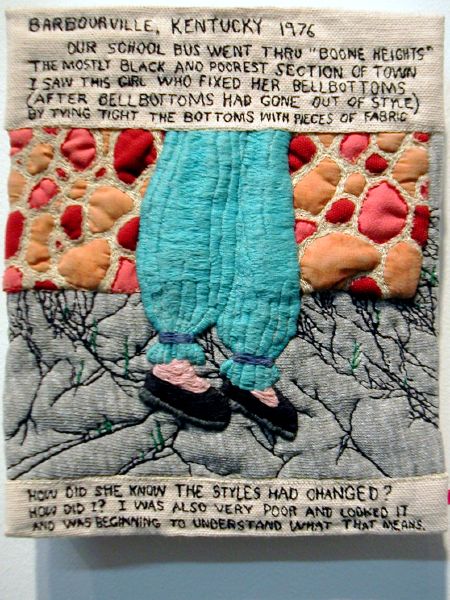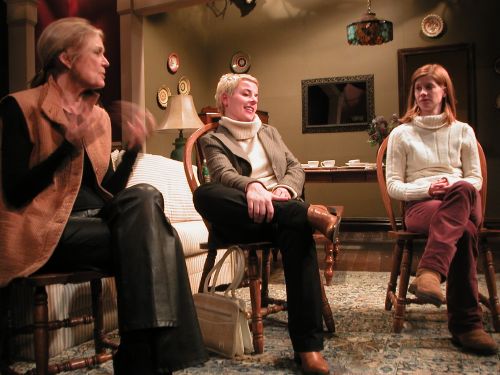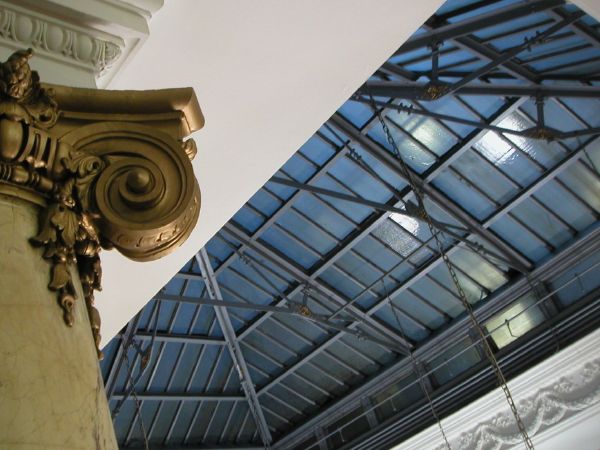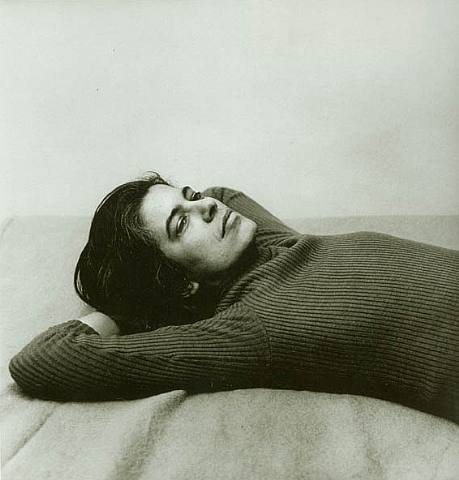
Peter Hujar Susan Sontag [1974-1975]
Susan Sontag died on Tuesday.
Beginning almost twenty years ago I had included her as a part of the homeland I had just adopted and which she had acquired at birth. Because of my profound general "otherness" and two nearly-profound early family dislocations, while it may not strictly fit the meaning of the German das Heimat, my New York City home had come to mean everything for me.
In this Manhattan Heimat Susan Sontag was my neighbor. Physically she really was my neighbor, since she owned an apartment just two blocks away from mine. For years I saw her everywhere in the city, although we never met. Her mind and what she was doing with it had already ensured that she would mean much more to me than an ordinary neighbor normally could. And then one evening I walked through the aura with which I had surrounded her.
I had already seen Edgar Reitz's monumental first "Heimat," (most sections twice) when I eagerly subscribed to the first American screening of the thirteen episodes of "Zweite Heimat" at the Public Theater almost twelve years ago.
After arranging myself in the first row for a double feature of two episodes, I noticed that she was only a few seats to my left. Only by coincidence, I had brought her new book, "The Volcano Lover," with me to keep me occupied while waiting for the lights to go down. I think it was during the break that I gathered the courage to speak to her and ask if she might sign my copy.
I must have mumbled a few words, I hope not too gushing, about how much I admired both her writing and her bold social and political activism, and then we exchanged a few thoughts about the film, all of which escape me now, except that we discovered that we were both enormous fans of both epics. She signed the book, "for Barry and Jim - Susan Sontag 'Heimat 6&7' 7 July 1993."
On every other day I spotted her in the audience she was totally absorbed in conversations with various companions. I was saved from embarassing myself, but I seriously regret the lost opportunities. Gosh, I wish I could have gone with her to Sarajevo, but Barry has written from the heart about how much she became a part of our New York experience, of our own shared Heimat.
She will certainly be greatly missed by many.
It's late Tuesday night as I'm writing this. The death toll for all the shores around the Indian Ocean, the work of one wave over only a few hours, has now exceeded that of the U.S. military alone in Vietnam over a period of ten years. I'm already recalling Sontag's unassailable morality, her creative curiosity and her courageous voice as I think about the individual and community tragedies millions of people in southern Asia are enduring at this moment. What would Sontag say about our government's lame response? Colin Powell is absolutely wrong. We are stingy, very stingy, and we have been for decades.*
*The United States initially offered $15 million in relief to cover all of the nations affected (what we spend on the Iraq war every hour, and a fraction of the estimated cost of Bush's January 20 Nuremberg rally). Oh sure, after being ridiculed by people in a number of other countries, we've now apparently upped our commitment by another $20 million, although that figure is marked as a loan.
Radically contrary to popular U.S. opinion, the amount of our foreign aid, in terms of percentage of gross national product (approximately one tenth of one percent), is the lowest of any industrialized nation in the world. Incidently, Norway's contribution is proportionately almost ten times that of ours.
[image from Matthew Marks via artnet]

